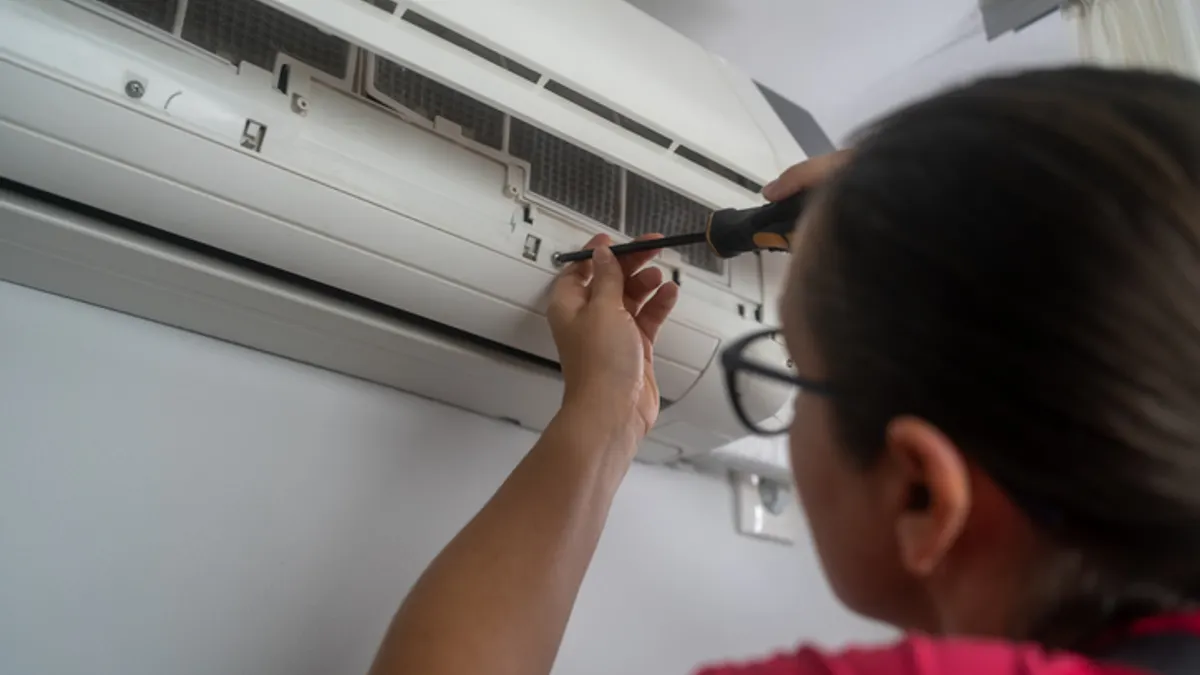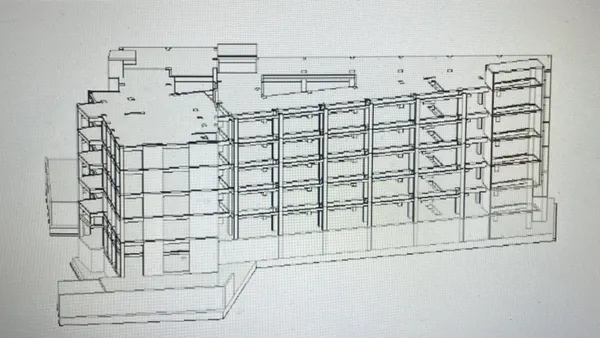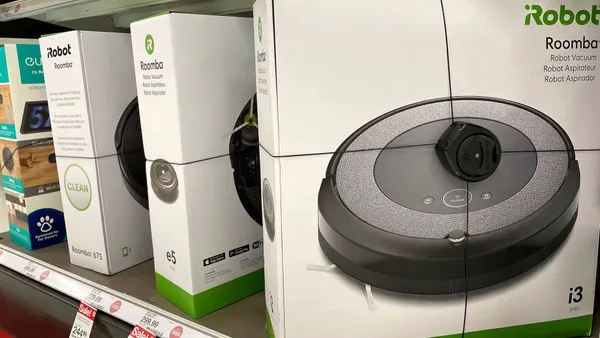Dive Brief:
- More than 20,000 client sites worldwide are now using CBRE’s Smart Facilities Management Solutions to improve efficiency and operational reliability across 1 billion square feet of property, the company reports.
- The Smart FM Solutions products use the real estate firm’s AI-based Nexus platform and its “rich trove” of building operations and utilization data to deliver actionable insights and optimize workflows, CBRE said in a press release .
- “Our Smart FM Solutions reduce both maintenance costs and energy consumption by as much as 20% and reduce technician dispatches by an average of 25%,” CBRE Global Workplace Solutions’ chief product officer, Paul Saville-King, said in the release.
Dive Insight:
The Smart FM Solutions business and its overarching Global Workplace Solutions segment have been key revenue drivers for CBRE, which clocked a 13% increase in revenue for that segment during Q2 2023, according to the firm’s Q2 earnings report. The company also said in that report that it saw a significant jump in first-generation outsourcing clients and a 46% climb in project management revenue, which offset weaker demand for property sales and advisory services.
A key driver of growth in the Smart FM Solutions segment is the firm’s use of AI and data in moving its clients’ maintenance from reactive to proactive and, eventually, predictive models, said Bill Hayden, enterprise global services and retail sector president for CBRE’s Global Workplace Solutions.
“By using these tools, we can be more efficient in how we manage the properties, which means a lower cost to our customers,” Hayden said in an interview. “The proactive and predictive sides [are] really reliant on our products.”
Hayden gives fault detection as an example of how the system increases efficiency. “You don't want to react to every one” of a system’s fault signals, he said, “and our clients aren't reacting to a lot of them before we implement Smart FM.”
Smart FM gives CBRE an opportunity to know which system fault signals to take action on. It also saves resources for clients through remote diagnostics and control solutions, which reduce the need for on-site technicians, Hayden said.
For example, if the system detects that a unit is blowing hot air into a cooling environment, “[CBRE] can either, through our machine learning or AI, automate that action,” he said, or “go to our remote operations center that does a remote diagnosis to shut it down, and we don't have to roll an emergency [technician vehicle] to go fix it.”
If the issue does require manual intervention, the technology gives technicians, whether internal or third party, more information from those controls “so that the first-time fix rate should be higher,” Hayden added.
“If I know that it went through triage, and it went to a remote operation center, [and] they're adding notes into the work order that we're sending to a tech, [the technician is] not necessarily going to do a lot of diagnosis,” Hayden said. “They should be able to hit a higher first-time fix rate, get that unit back up and running, and then also not have to go back and come back again, which ends up being expensive for customers.”
Hayden said the types of buildings that are connected to Smart FM Solutions are growing more diverse, encompassing commercial office and retail space, life science labs, industrial fulfillment warehouses and data centers.
“If we're talking to a client that operates an industrial manufacturing facility, we can actually show them data relevant to their industry, as well as that cross section of data that has some consistency,” he said.
Nearly every facility type has HVAC systems, Hayden said, but it’s harder to get the amount of data needed to drive insights into specific systems like conveyor belts or heavy refrigeration. “That’s where we’re really seeing some interesting things. The macro is important, but really [it's] digging into the details,” he said. CBRE has a business analytics team of data scientists that are taking the data and optimizing algorithms to understand how the data can drive impactful decision-making, he added.
“How do we help [to] model our own routes for service technicians [and] recommendations we make to customers? [A] lot of it does come back to asset planning —— getting away from [being] reactive and being more predictive,” Hayden told Facilities Dive. “When you decide not to put more expense into that unit, when you replace it, we're seeing a lot of value there. It just gives you a good total cost of ownership.”
Correction: A previous version of this story and its headline erred in describing CBRE’s Smart FM Solutions users. More than 20,000 client sites use the solutions.












